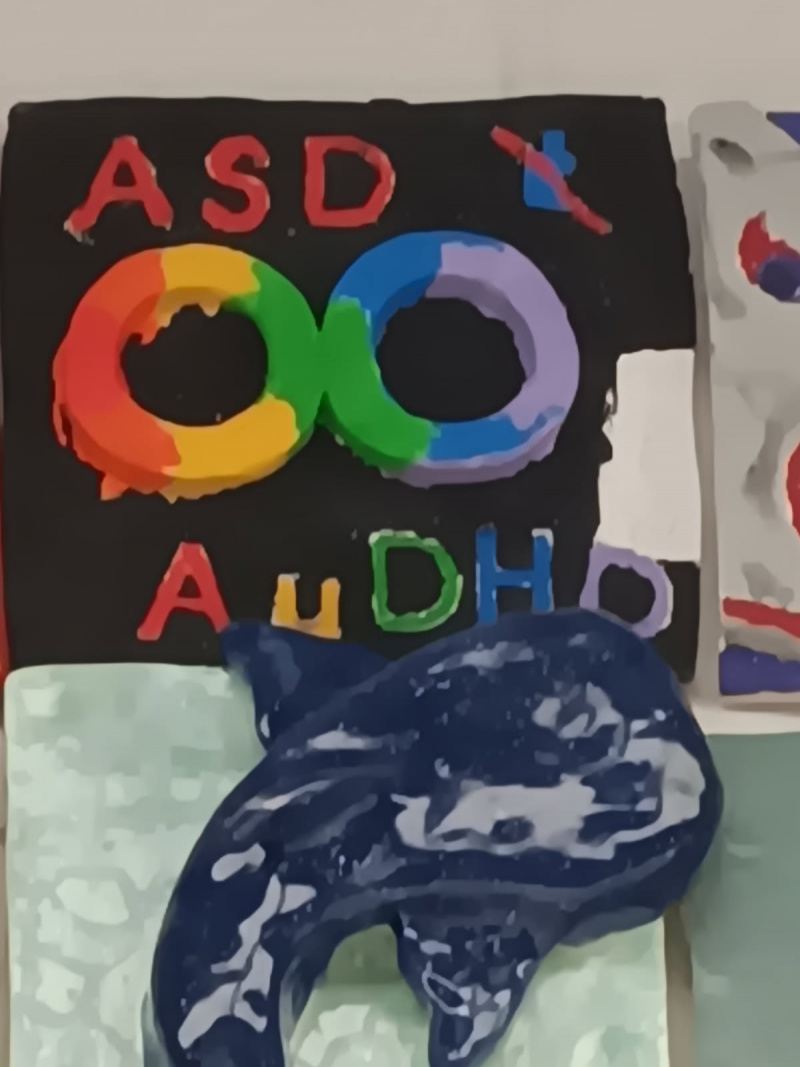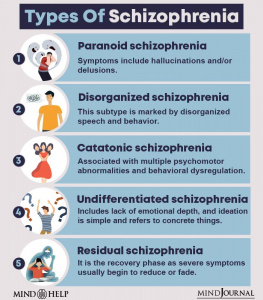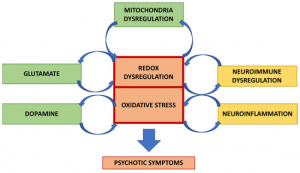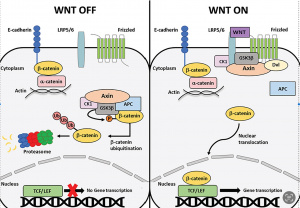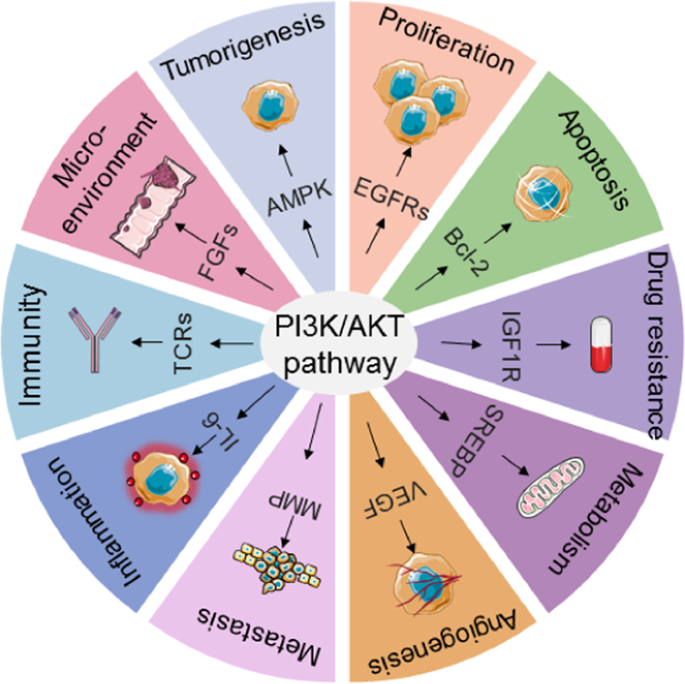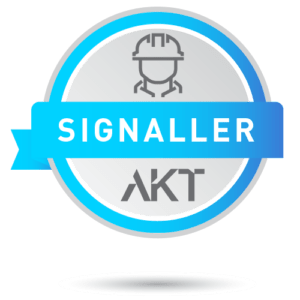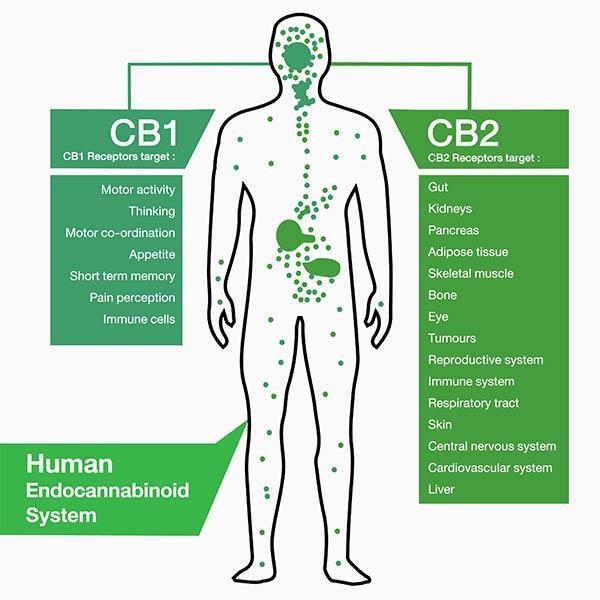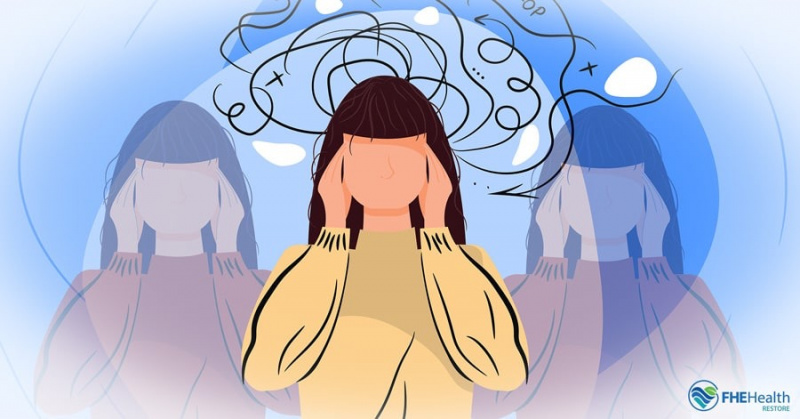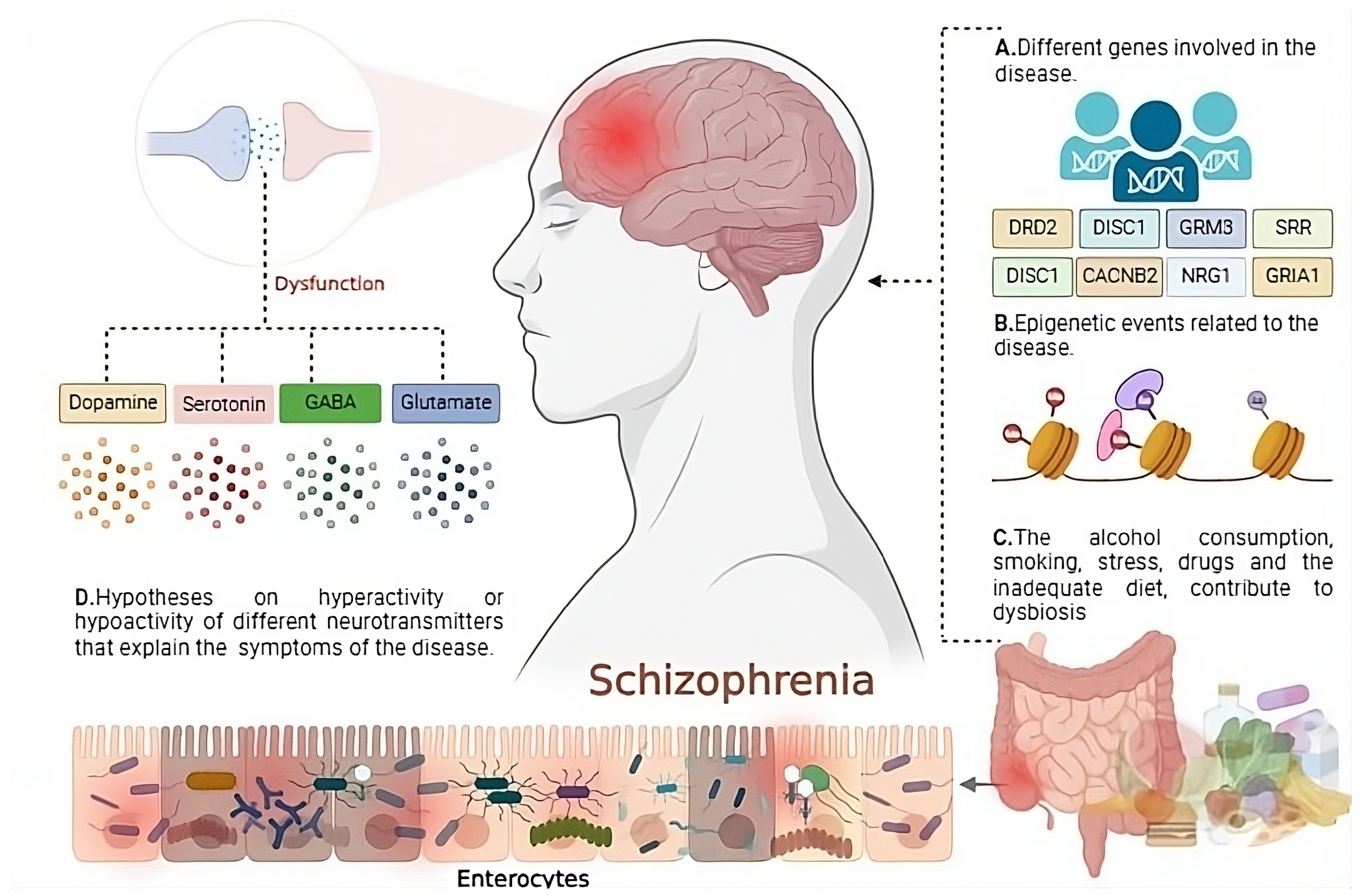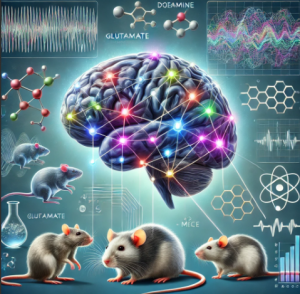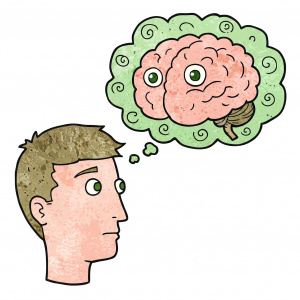Schizophrenia has long been one of psychiatry’s most puzzling disorders. We’ve treated its symptoms for decades with antipsychotics that blunt hallucinations but fail to address the root cause. But what if the real story begins not with neurotransmitters, but with developmental pathways that shape the brain itself? Emerging research suggests that two cellular signaling systems—Wnt and GSK3—might hold critical answers.
Schizophrenia as a Neurodevelopmental Disorder
The old view of schizophrenia as simply a “chemical imbalance” is giving way to a more nuanced understanding: this may fundamentally be a disorder of brain development. Epidemiological studies show that prenatal infections, birth complications, and early cognitive delays all increase schizophrenia risk. Brain imaging reveals subtle structural differences in neural connectivity. Together, this paints a picture of a brain wired differently from the start.
This shift in perspective matters because it changes where we look for solutions. If schizophrenia stems from developmental miscues, then the pathways guiding brain construction—like Wnt signaling—become prime suspects.
Wnt Signaling: The Brain’s Blueprint
The Wnt pathway is a cornerstone of embryonic development, governing everything from stem cell proliferation to synapse formation. It operates through three main branches:
- The Canonical (β-Catenin) Pathway – Regulates gene expression critical for neuronal survival and growth.
- Planar Cell Polarity (PCP) Pathway – Directs the migration and positioning of neurons.
- Wnt/Calcium Pathway – Fine-tunes synaptic communication.
When Wnt signaling falters, the brain’s architecture can veer off course. And intriguingly, several schizophrenia-linked genes, like DISC1 and Akt1, intersect directly with this pathway.
GSK3: The Lithium Connection
Glycogen synthase kinase 3 (GSK3) acts as a key regulator of Wnt signaling by controlling the stability of β-catenin. Normally, GSK3 keeps β-catenin in check, ensuring cells don’t overgrow. But when GSK3 is overactive, it can disrupt neural development and function.
Here’s where things get fascinating: lithium, one of psychiatry’s oldest drugs, works by inhibiting GSK3. This not only stabilizes mood in bipolar disorder but also suggests that GSK3 dysregulation might play a role in schizophrenia. Some antipsychotics, like haloperidol, appear to indirectly modulate this same pathway, hinting that their therapeutic effects might partly stem from Wnt/GSK3 interactions.
Genetic Clues Pointing to Wnt and GSK3
Several schizophrenia risk genes converge on these pathways:
- DISC1 – Mutations in this gene disrupt GSK3 regulation, leading to abnormal Wnt signaling. Remarkably, lithium’s effects mimic what happens when DISC1 functions properly.
- Akt1 – Reduced Akt1 activity, common in schizophrenia patients, fails to rein in GSK3, leaving β-catenin unstable.
- BCL9 – Found within a schizophrenia-linked chromosomal deletion, this gene helps β-catenin regulate brain size. Errors here could alter early brain development.
Animal Models Reinforce the Link
Mouse studies further support this connection. Animals with disruptions in Wnt-related genes (like Dvl1 knockouts) exhibit behaviors resembling schizophrenia, including social deficits and sensory processing abnormalities. Conversely, boosting β-catenin produces effects similar to lithium treatment—calmer, more resilient behavior. These findings suggest that tweaking Wnt/GSK3 signaling could one day yield more precise treatments.
Why This Matters for the Future
- Better Treatments – Current antipsychotics are crude tools, often causing debilitating side effects. Targeting Wnt/GSK3 could lead to therapies that correct underlying developmental errors rather than just masking symptoms.
- Early Intervention – If we can identify at-risk individuals through genetic or biomarker screening, we might intervene before psychosis ever emerges.
- Broader Implications – Since Wnt and GSK3 are also implicated in autism, bipolar disorder, and Alzheimer’s, understanding their role in schizophrenia could shed light on multiple conditions.
The Road Ahead
The next steps are clear but challenging:
- Develop safer, more specific GSK3 inhibitors to replace lithium’s blunt approach.
- Use stem cell models to study how Wnt signaling goes awry in schizophrenia patients.
- Explore whether early-life interventions—perhaps even prenatal treatments—could prevent the disorder altogether.
Final Thoughts
Schizophrenia has resisted simple explanations for too long. But by shifting focus to the pathways that build the brain—Wnt and GSK3—we might finally be closing in on its origins. This isn’t just about biochemistry; it’s about how the brain assembles itself, and how slight missteps in that process can have lifelong consequences.
For anyone affected by schizophrenia, or anyone who cares about mental health research, this is a story worth following. Because if we’re right about Wnt and GSK3, we’re not just treating a disorder—we’re rewriting how we understand it.

